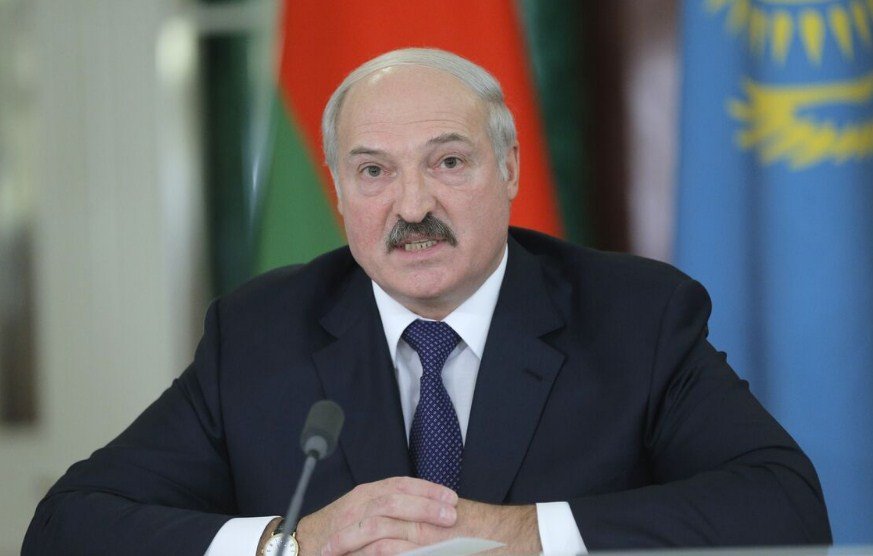The Growing Burden of Bank Loans
Belarusians are facing a mounting debt problem as they borrow more money from banks to cope with the economic crisis. According to the National Bank, the total debt of individuals amounts to 19.8 billion BYN (about 9.9 billion USD), which is 19% higher than last year. On average, each Belarusian owes banks 2 thousand BYN (about 1 thousand USD).
The majority of the debt is related to consumer needs and purchase of housing. Consumer loans account for 8.9 billion BYN (about 4.5 billion USD), while mortgage loans make up 7.9 billion BYN (about 4 billion USD). The rest of the debt is attributed to car loans and installment plan cards.
The Impact of the Political and Pandemic Turmoil
The debt situation in Belarus is worsened by the political and pandemic turmoil that has gripped the country since last year. The disputed presidential election in August 2020 sparked mass protests against the authoritarian regime of Alyaksandr Lukashenka, who has been in power since 1994. The government responded with a brutal crackdown, detaining tens of thousands of people and forcing most of the opposition leaders into exile.
The West has condemned Lukashenka’s actions and imposed sanctions on top officials and sectors of the Belarusian economy. The sanctions have isolated Belarus from its traditional trading partners and reduced its access to foreign financing. The country also faces the threat of losing its preferential oil and gas supplies from Russia, its main ally and creditor.
The coronavirus pandemic has also hit Belarus hard, as the government has largely ignored the health crisis and refused to impose any lockdown measures. The official statistics show that Belarus has recorded over 1.1 million cases and over 10,000 deaths, but many experts believe that the actual numbers are much higher. The pandemic has affected the income and savings of many Belarusians, as well as the demand for their products and services.
The Prospects of Debt Relief
The debt problem in Belarus is unlikely to be resolved soon, as the country faces a bleak economic outlook. The International Monetary Fund (IMF) projects that Belarus will experience a 2.2% contraction in its gross domestic product (GDP) in 2023, after a 0.9% decline in 2022. The inflation rate is expected to reach 16.5% in 2023, up from 9.9% in 2022. The unemployment rate is estimated to rise to 6.2% in 2023, from 5.6% in 2022.
The Belarusian authorities have not shown any willingness to implement the reforms and dialogue that the IMF and other international organizations have urged them to do. Instead, they have relied on borrowing more money from Russia and China, as well as issuing bonds on the domestic market. However, these sources of funding are not sufficient to cover the country’s external debt obligations, which amount to 18.4 billion USD as of October 2023.
The Belarusian people are the ones who bear the brunt of the debt crisis, as they struggle to repay their loans and maintain their living standards. Many of them have resorted to selling their assets, taking second jobs, or migrating to other countries in search of better opportunities. Some of them have also joined the protest movement, hoping for a democratic change that would bring economic and social justice to their country.

